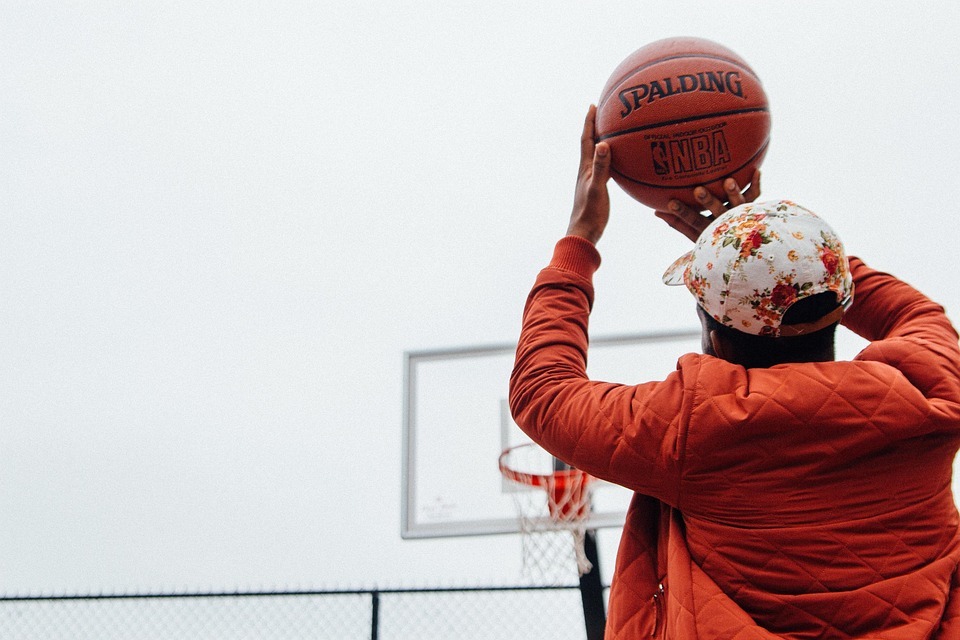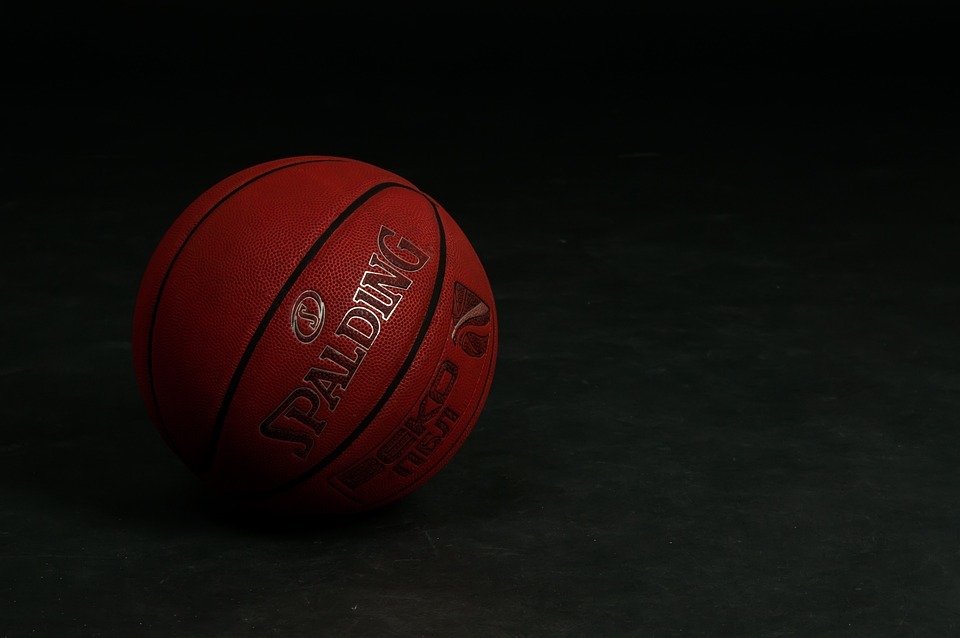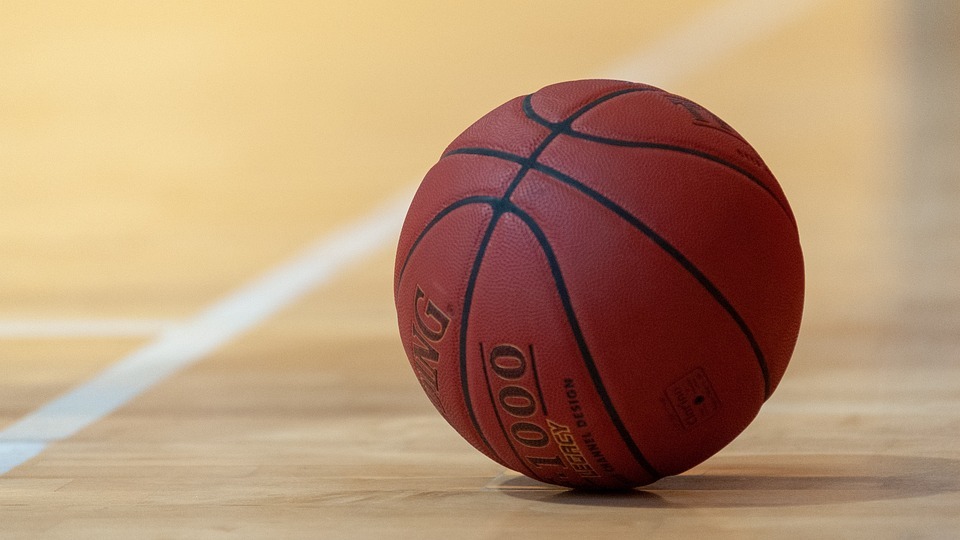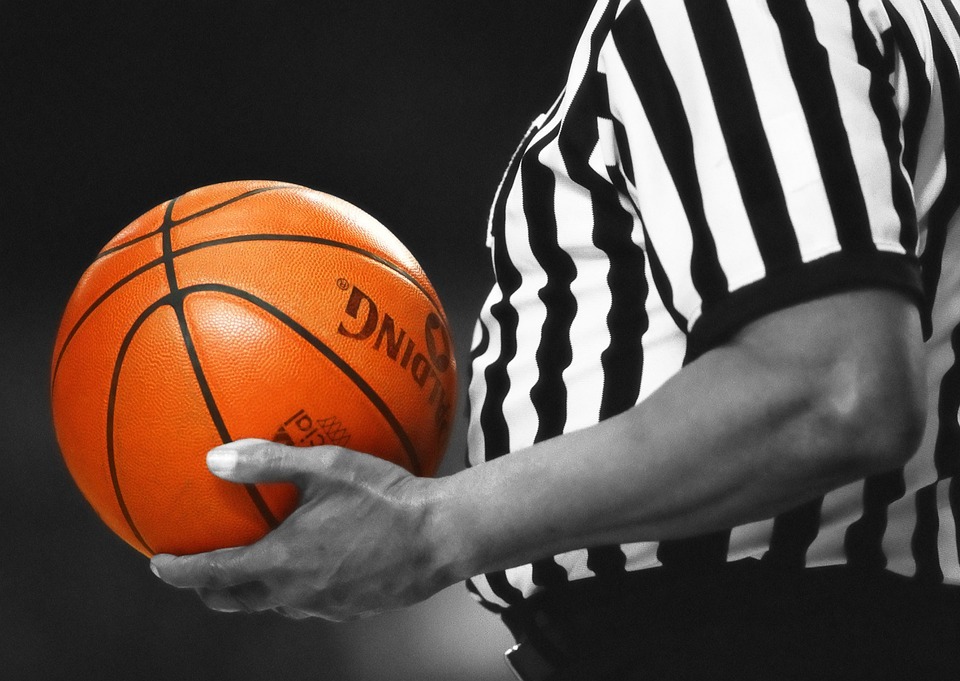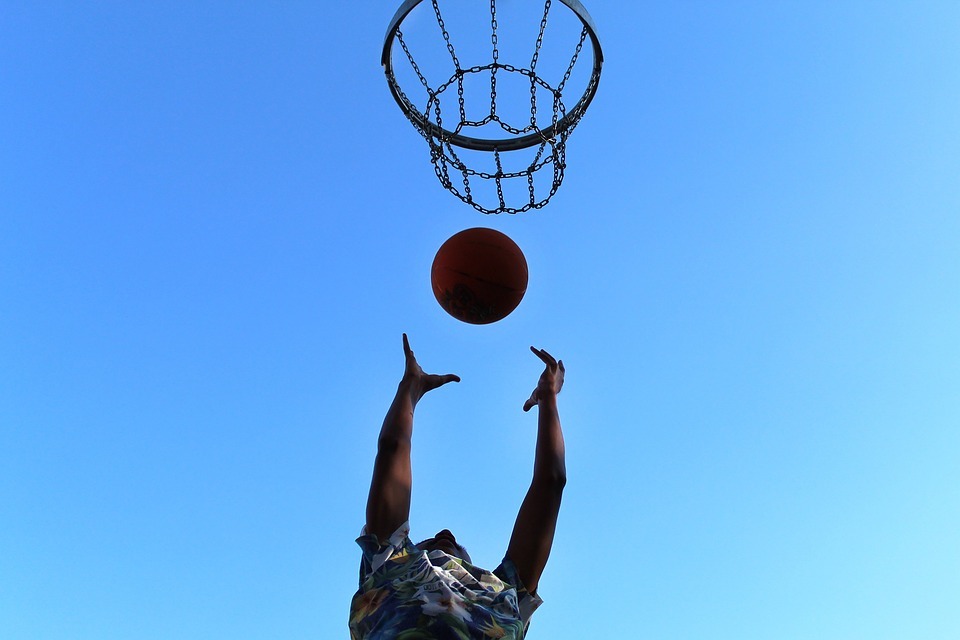Care and maintenance are essential for a basketball’s longevity and optimal performance. Frequent cleaning with gentle soap and water, avoidance of strong chemicals, and thorough drying after each use can prevent the accumulation of dirt and mold. Neglecting to maintain your basketball might result in a shorter lifespan, diminished performance, and even injury. Taking the effort to maintain your ball can improve your game experience and save you money over time. We have already covered interesting facts about basketball in detail, so in this article, we will discuss how to store, transport, clean, and maintain the ball’s inflation so that players may get the most out of their balls and extend their lifespan.
Storage And Transportation
Proper Storage
Proper storage is required for a basketball to last for a long time. The ball should be stored in a cool, dry, temperature-neutral location, such as a closet or storage bin. Heat, dampness, and too much cold can damage the ball’s exterior. This might cause the ball to break or lose its bounce. Maintaining the ball with the valve face up can prevent air leakage and maintain the correct pressure. The ball must be thoroughly cleaned and dried before storage on an outdoor court. This will prevent dirt accumulation and mold growth. If you store the basketball properly, it will remain in excellent condition and be ready for use.
Transportation Considerations
For a basketball to remain in good condition, it is vital to consider how it will be transported. The ball should be held securely to prevent it from being struck or handled forcefully. A bag or case designed specifically for basketballs can prevent damage to the ball’s surface and valve. It is also important that the ball stays cool during transit. Excessive heat or cold can cause the ball’s bounce to diminish or its shape to change. If the ball is to be transported in a car, it must be secured so that it cannot roll around or get pressed by heavy objects.
Avoiding Damage During Storage and Transportation
The ball must be stored in a cool, dry location away from direct sunlight and excessive temperatures. By storing the ball with its valve facing upward, air leakage can be prevented, and the correct pressure maintained. When transporting the ball, it must be handled securely and safeguarded against impacts and hard handling. Utilizing a basketball-specific bag or carrying case can prevent damage to the ball’s surface and valve. By following these few measures, athletes can ensure that their basketball remains in good shape and is ready for play.
Cleaning The Basketball
Materials Needed and Cleaning
You need a few simple, readily available items to clean a basketball, including water, a soft cloth or sponge, and a light detergent or soap. It is essential to avoid harsh chemicals and rough materials that can damage the ball’s surface or texture. You can combine the cleaning solution and rinse the ball in a bucket or sink. When the ball is clean, thoroughly dry it with a towel or paper towel. Use a soft-bristled brush or toothbrush to remove stubborn dirt or debris for a thorough cleaning.
Avoiding Damage During Cleaning
It is essential to employ the right cleaning materials and methods to prevent damage when cleaning a basketball. Harsh chemicals, abrasive substances, or excessive force can compromise the surface or texture of the ball. The most effective and secure method for cleaning the ball is with a soft cloth or sponge, warm water, and mild detergent or soap.
The ball should not be soaked in water or be submerged in it since this can damage the inner components or valve.
Maintaining Proper Inflation And Pressure
The Importance Of Maintaining Proper Inflation And Pressure
A basketball must have the recommended air pressure for optimal performance during play, which is typically from 7.5 to 8.5 psi. An over inflated or under inflated ball can affect the bounce and grip, making it difficult to handle and shoot accurately. Overinflation can also cause the ball to change shape or even burst. When the ball is underinflated, it can feel slow and heavy, making it difficult to move
If you frequently check the ball’s pressure and pump it to the appropriate level, it will retain its shape, bounce, and grip. Proper inflation also reduces the likelihood of injury while playing. A ball that is either too firm or soft might cause hand and finger injuries.
Equipment Needed For Maintaining Proper Inflation And Pressure
Certain fundamental tools are required to maintain a basketball’s correct pressure and inflation level. The essential instruments are a ball pump and a needle attachment. You can also use a ball pressure gauge to confirm the accuracy of the measurements. You may purchase these items in sporting goods stores or online. Choosing a pump and needle attachment compatible with the ball’s valve is essential.
Some pumps have multiple needle attachments to accommodate a variety of valve types. Keeping these items on hand and frequently checking the ball’s pressure will ensure it remains properly inflated and playable.
How To Check And Adjust Inflation And Pressure
Monitoring and altering a basketball’s air pressure and inflation is straightforward and requires only basic equipment. Insert a ball pressure gauge into the ball’s valve and read the pressure reading (usually in psi). The appropriate pressure range is typically indicated on the ball or in the manufacturer’s instructions.
You can attach a needle to a ball pump and inflate the ball to the required pressure level if the pressure is too low. Use the needle attachment to release air until the pressure falls within the specified range if the pressure is too high. Use a pressure gauge to ensure accuracy and prevent overinflation.
Protecting The Basketball During Play
Using Proper Playing Surfaces
To play basketball safely and successfully, playing on the proper surfaces is essential. Hardwood or a synthetic court surface is optimal for indoor play because of its superior traction and lower injury risk. Among other surfaces, concrete, asphalt, and outdoor sports tiles are suitable for outdoor play. It is vital to find a smooth, level, and clean surface, as unstable or uneven surfaces might increase the likelihood of someone falling or being injured. Basketball players should also choose shoes with a decent grip and ankle support to avoid sliding, falling, or spraining their ankles. By playing on the proper surfaces and with the proper equipment, basketball players may play safely and productively while reducing their injury risk.
Avoiding Contact With Hard Or Sharp Objects
When handling the ball, basketball players should avoid hard or pointy objects. If you drop the ball or strike it against a hard surface, such as concrete or metal, the surface, seams, and valve can be damaged, affecting its performance and durability. Sharp objects, such as boulders, stones, or shards of broken glass, can puncture or shred the ball. Players should never store or transport the ball next to hard or sharp items and always use a bag or carrier.
Using Protective Covers
Placing protective covers on basketballs can help prevent damage and extend their lifespan. Protective covers can be tailored to the size and shape of the ball and are made from leather or synthetic materials. Covers protect against scratches, scuffs, and other damage caused by rough surfaces, sharp objects, and high temperatures. They help preserve the ball’s grip and feel by preventing the accumulation of dust and grime.
While playing outside, where the ball might get exposed to rugged terrain and harsh weather, making covers very useful. By utilizing protective covers, basketball players can ensure that their balls remain in excellent condition, allowing them to perform well and last for a long time.
Replacing The Basketball
Signs That A Basketball Needs To Be Replaced
Over time, basketballs become worn and must be replaced. Some indications that a basketball needs to be replaced are:
- If the ball becomes smooth or slippery, it may be time to get a new one.
- If the ball loses its form or develops dents or cracks, it may no longer be playable.
- It should be replaced if the ball is frequently losing air pressure or has a visible hole or tear.
- If the ball is fading or peeling, it may be time to replace it due to excessive wear and strain.
How To Choose A New Basketball
- Pick the correct size ball for your age, gender, and skill level. Junior players typically use smaller balls, while senior players prefer larger ones.
- Select a company that is renowned for producing basketballs of superior quality. Brands such as Spalding, Wilson, and Nike are among the most well-known manufacturers.
- Consider how the ball is intended to be used. If the game will take place indoors, select a ball designed for indoor courts. Choose a ball that is more resilient and resistant to severe weather if you plan on playing outdoors.
Proper Disposal Of Old Basketball
The proper disposal of old basketballs is important when it comes to keeping the environment clean and reducing our carbon footprint. Instead of throwing them in a field, here are few things you can try:
Some communities have programs for recycling sporting equipment, such as basketballs. Check with your local trash management facility to determine whether or not old basketballs can be recycled there.
Consider donating your old basketballs to youth sports programs, schools, or community centers if you have any. Some groups may utilize them for training or recreation.
Consider other possible uses for your old ball such as in flowerpots and dog toys.
The proper disposal of old basketballs helps reduce waste and safeguard the environment. It also allows you to give the ball away or reuse it, giving it a new life and purpose.
Conclusion
The proper maintenance and care of basketballs are crucial factors that can significantly impact a player’s performance and overall enjoyment of the game. By implementing the key tips we discussed, such as cleaning and maintaining the recommended air pressure, players can extend the lifespan of their basketballs, and save money in the long run. A well-maintained ball can make a world of difference on the court, so choose the right basketball and make sure to properly store and maintain it for optimal performance and longevity.

